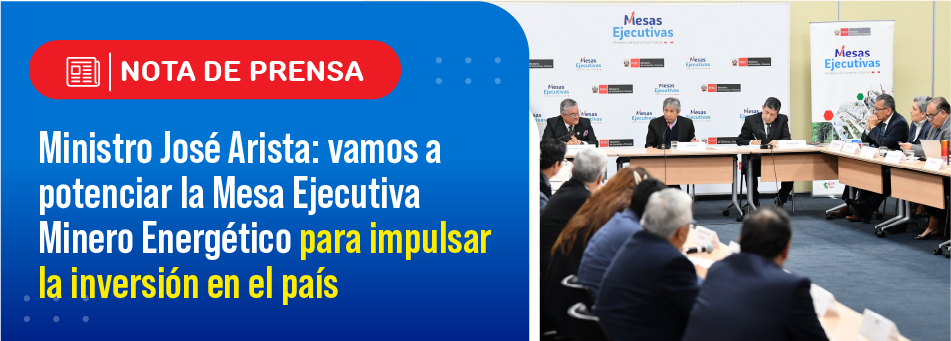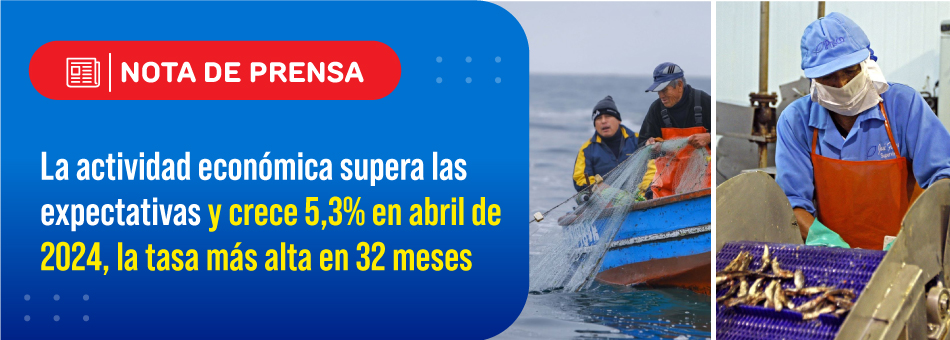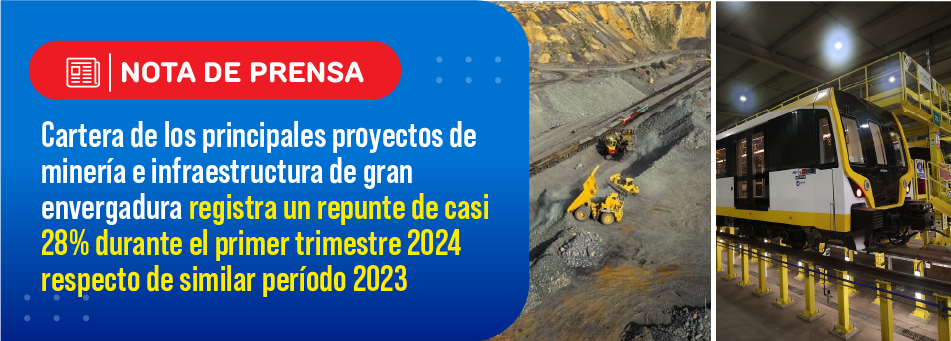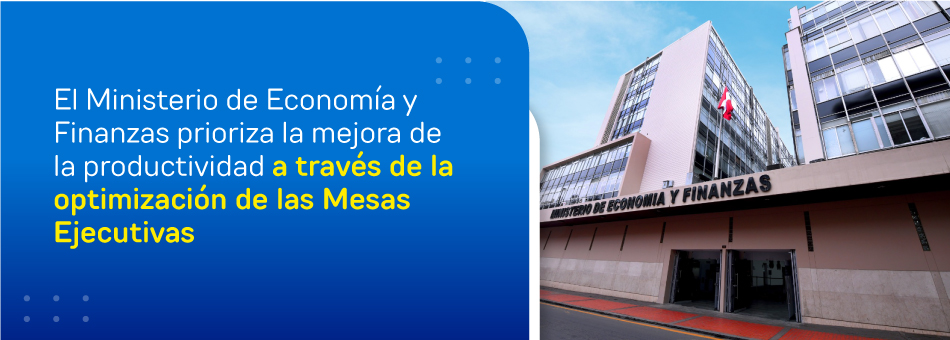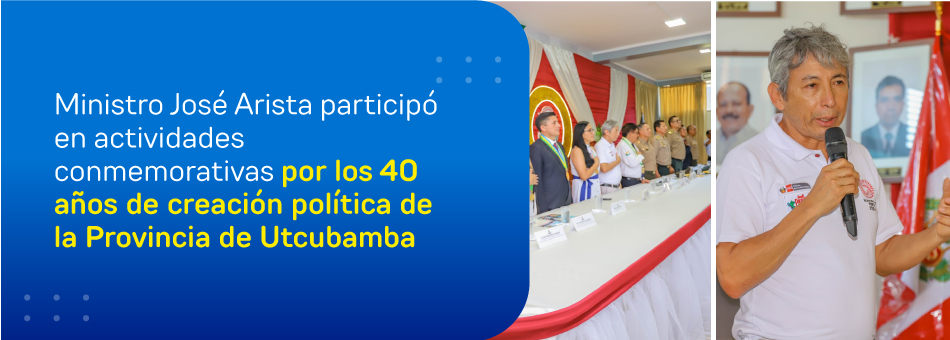"Año del Bicentenario, de la consolidación de nuestra Independencia, y de la conmemoración de las heroicas batallas de Junín y Ayacucho"
,
MEF en medios internacionales
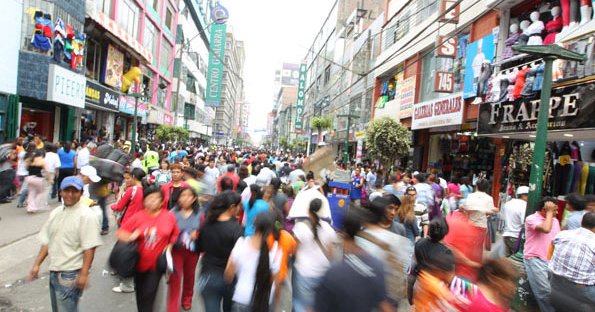
The biggest threats to Latin America’s economic star are overconfidence and complacency
WALK down Calle Gamarra in Lima’s La Victoria district and you might imagine you are in Kowloon. For a dozen blocks, Gamarra and its side streets are packed with multitudes and lined by high-rise buildings, the older ones of rough and ready brick, the newer ones of glass. At ground level every square metre is occupied by shops and galleries selling clothes. The buildings above are an anarchic mixture of offices and workshops.
Gamarra is the humming heart of the rag trade in Peru, a country blessed with top-quality cotton as well as alpaca and vicuña fibre. It is home to more than 15,000 separate businesses. Since at least part of the industry is informal (ie, not legally registered), nobody knows how much Gamarra turns over, but estimates range from $1.3 billion to $3 billion a year. Not long ago La Victoria was known for crime, grime and chaotic poverty. Now Gamarra is pedestrianised and patrolled by municipal police. Nearby, investors are planning an $80m shopping centre combined with new workshop space, according to Carlos Neuhaus, who is advising them.
Many of Gamarra’s businesses export, to South America or under contract to such global brands as Lacoste and Hugo Boss. Elena Borda, whose business of 12 workers makes men’s cotton shirts and T-shirts, has plans to double her annual sales of 390,000 soles ($153,000) this year by joining forces with others in Gamarra to open a shop in São Paulo.
But Peru’s domestic market is doing even more to power Gamarra’s growth, according to Alberto Sánchez Aizcorbe, the mayor of La Victoria. The country is enjoying a virtuous circle of economic growth. On the one hand, foreign investment is pouring into mining, hydrocarbons and big infrastructure projects. On the other, the commodity boom’s export income has provided tax revenues and underpinned the currency, allowing public investment to reach record levels and the domestic market for consumer products of all kinds to take off. The result has been eight years of growth averaging 7% a year—faster than anywhere else in Latin America except (much smaller) Panama.


